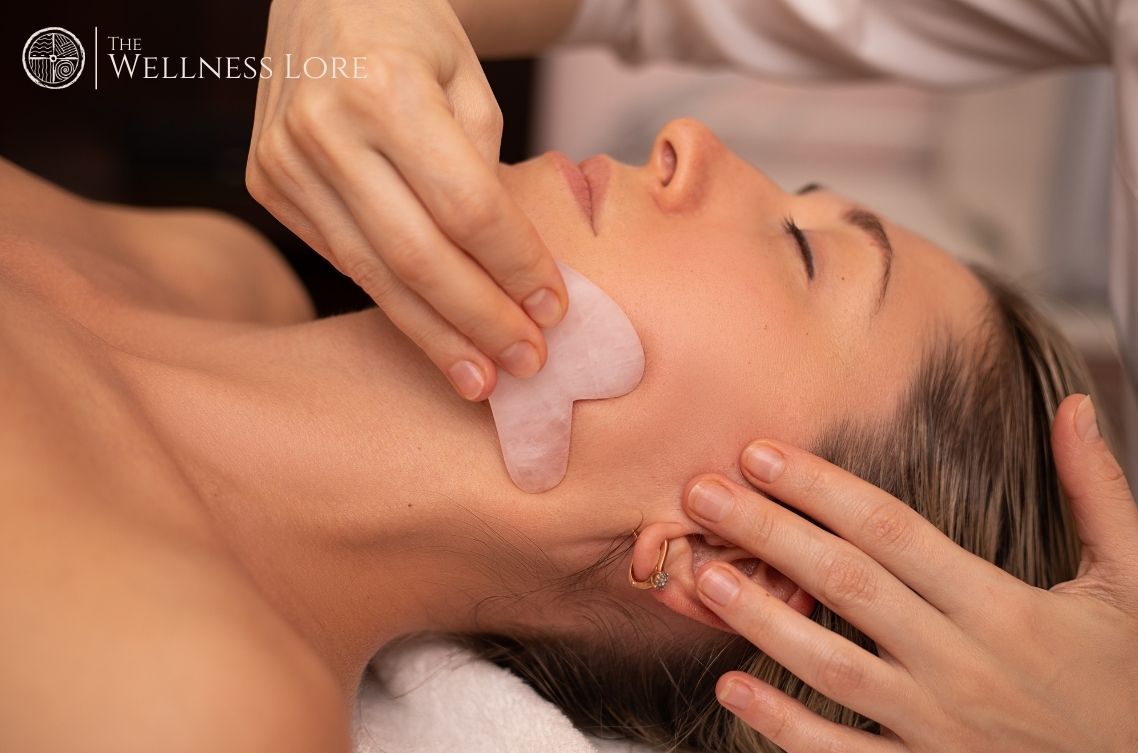Hygge – The Danish value of conviviality

Hygge, the word may sound mysterious, but it is not that hard to explain, as we all have experienced throughout our lives, and perhaps you are experiencing Hygge as you read this article. It alludes to enjoying warm pastimes with pleasant company. If you love the cool autumn air after the muggy summer days, you probably unconsciously practice Hygge. But, whatever the season, Hygge is a feeling that follows year-round. It is about all the lovely things that happen to us every day. When you enjoy the moment, do cheerful deeds for yourself and others, and dwell on the positive, you will experience Hygge. Dinners with candlelight on the porch can be just as hyggeligt. Spending an evening on the couch reading a book, drinking hot tea, and listening to soothing music, or maybe you’re with a group of close friends, taking in the smell of pine trees around a campfire on a starry night. It could be playing board games and watching movies with your family or listening to your favorite song while the wind blows against the windows- all these things are hygge.
In particular, the Hygge concept revolves around sharing joyful experiences. Because of self-interest and rising selfishness, modern cultures lack a sense of connectedness and social harmony. Our most meaningful growth happens when we’re comfortable in a community we trust, and Hygge reminds us of that.
Origin of Hygge
Hygge, shortlisted as the word of the year by Oxford Dictionaries in 2016, sparked a frenzy in social media, public gatherings, and even a matter of discussion in magazines. The Danish word translates roughly as coziness. The pronunciation is “hoo-guh,” where hugga is a sixteenth-century Norwegian term that means “to soothe” or “to comfort” and is linked to the English word hug.
But, Hygge is considered an optimistic Danish trait. Even though the word is a Norwegian import, its emergence as a part of the national identity of Denmark can often be linked to Denmark’s loss of land in the 18th and 19th centuries when it was compelled to give up parts of what is now Norway, Sweden, and Germany. It is more deeply ingrained in Danish than its counterparts in nearby nations and is tightly connected to how Danish society functions and portrays itself.
More than a word, Hygge is a way of life that celebrates comfort, friendship, family, and much more. Despite being a Danish word, Hygge is a concept prevalent throughout most of Scandinavia. You can usually find someone in the area who can tell you about the origins of the Hygge. Over time, Hygge became an integral part of Danish life, and today it is a central pillar of Danish culture and way of life.
In Denmark, the long and dark winters can be challenging, and it is seen as a way to combat the cold and darkness by creating a cozy and inviting atmosphere. It’s a way to make the most of the limited daylight hours and find joy in the small things in life.
Hygge has also gained popularity outside of Denmark in recent years, as people around the world have embraced the idea of slowing down and finding comfort in everyday life. The concept has become synonymous with the Scandinavian lifestyle, and many people see it as a way to counteract the stress and chaos of modern life.
The lifestyle of Danish people
The Danish are renowned for their Hygge lifestyle and for appreciating what matters most in life. They firmly believe that having more money does not make us happier once our basic needs are fulfilled. The Danes are great at focusing on the things that enrich their quality of life. Do you know? The contented workforce in the world, which enjoys 52 weeks of paid maternity leave, is found in Denmark. In Denmark, having a cozily comfortable workplace is perfectly normal. The Danish way of life is oriented toward joy, but not in a materialistic way. They find happiness in small things. Hygge points to both simplicity and contentment. Moreover, Denmark experiences lengthy, chilly, and dark winters. It can get as cold as -20 degrees. Therefore, it’s no surprise that Hygge is mostly associated with making homes cozy in cold weather in Denmark.
Hygge at work Place
Hygge is not just a leisure activity; you can also create a Hygge atmosphere at work. Your desk is where you feel comfortable and glad to spend time, which increases your productivity and well-being.
I feel the most effective way to practice Hygge is to concentrate on feelings, as it is more about the environment and the experience. Before making arrangements, consider how you want to feel in your workspace.
Organize your workplace
- You can work more efficiently and with less stress if your workstation is organized.
- Maintain a clean, dust-free, and sanitized desk.
- Create a separate workspace if you work from home, even if it is only a desk and chair in a peaceful area.
- Use objects that make you feel focused and personal, such as your favorite cup, a cushion, pens, notebooks, photos, motivational phrases, and pictures.
- Better yet, you have access to a mobile desk that you can use to stand while working when necessary.
- Plants help to purify the air, as well as to improve your mood, lessen stress, and increase productivity, whether they are in the form of actual plants or decorative items like flower vases with fresh flowers.
- Make sure you have adequate lighting, whether it’s through windows or candles if you prefer them.
- You may also prefer to set up your desk so that you can look out the windows for natural light and at the trees and plants outside.
Hygge at Home
Hygge is all about creating an environment in your life that promotes happiness and health. Here are some Danish ideas for making your home cozier and more pleasing.
Include a lot of natural elements in your home. Wood and leather are a few examples that add a pleasant and warm touch to your place. Adding greenery inside is another way to bring nature inside. Your home will seem calming and fresh because of these environmentally friendly habits, which also purify the air.
Candles are prominent in the hygge culture, so opt for candle lights than standard LEDs during occasions. The glow of candles creates the ideal ambiance, which lifts spirits. Candles make the place feel cozier, more romantic, and more intimate than artificial lighting ever could. There is nothing more appealing than a room lit by candlelight.
Consider stuffing a bookshelf with great books, or arrange your picks on coffee tables. A room can feel warmer and lived in when books are present. You can decorate your home with collections from your trips or vintage pieces you found at a flea market.
At last, the essence of Hygge is not just in the items but in fully embracing experiences and living in the present, which is hard to do when staring at a mobile. So put the phone down and enjoy the moment.
What really is the essence of Hygge?
In today’s world, everything seems divided and aimless. While we speed towards an unknown future, Hygge calls us to slow down, strengthen and nourish our closest relationships, including our relationship with ourselves. The concept of Hygge does not encompass a list of tasks to be accomplished. Even gardening, cooking, and burning fragrant candles all add to the feeling. Kindness and compassion define Hygge. The concept entails valuing togetherness and creating safe spaces where we can be ourselves without fear of being judged or criticized. In other words, it is a way of expressing love and appreciation to others and yourself. It is also about being present in a particular moment and savoring life’s small pleasures. It’s about creating an environment that feels safe, peaceful, and relaxing, and taking time to slow down and appreciate the good things in life. While hygge is often associated with winter and cold weather, it can be practiced year-round and in any setting.
More Recent Stories



